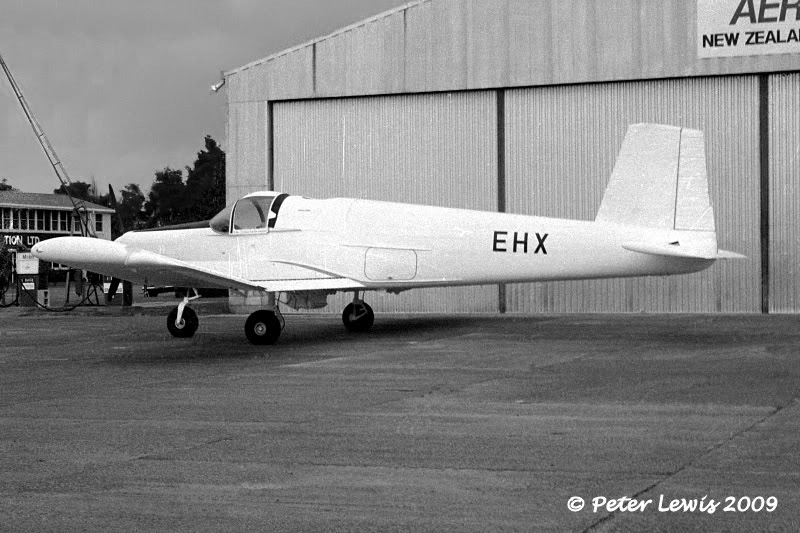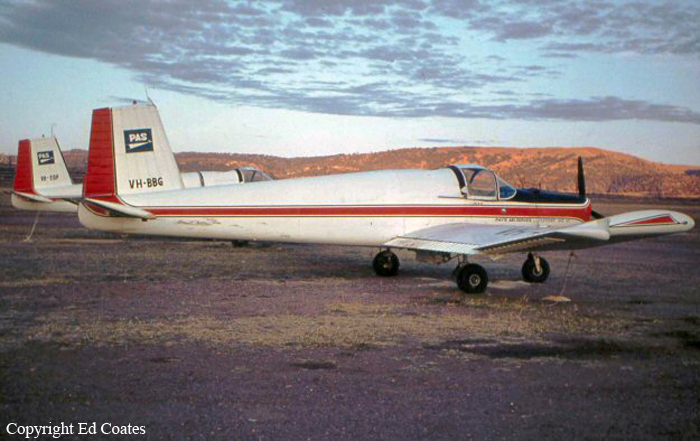Crash of a PZL-Mielec AN-2R in Lipetsk
Date & Time:
Jun 24, 1997
Registration:
RA-68063
Survivors:
Yes
Schedule:
Lipetsk - Lipetsk
MSN:
1G193-33
YOM:
1981
Crew on board:
1
Crew fatalities:
Pax on board:
0
Pax fatalities:
Other fatalities:
Total fatalities:
0
Circumstances:
The aircraft was engaged in a spraying mission on behalf of the Dobrinsky farm in Lipetsk. In flight, the captain noted problems with the elevator control tabs and decided to return to his base for controls. While the captain and the mechanic were occupied, the copilot decided to take off alone. Few minutes after departure, the aircraft struck the concrete block of an electric pole (12 metres high) and crashed in a field. The pilot escaped uninjured and the aircraft was damaged beyond repair.
Probable cause:
The decision of the copilot to perform a solo flight without permission with an aircraft which apparently had technical problems.









